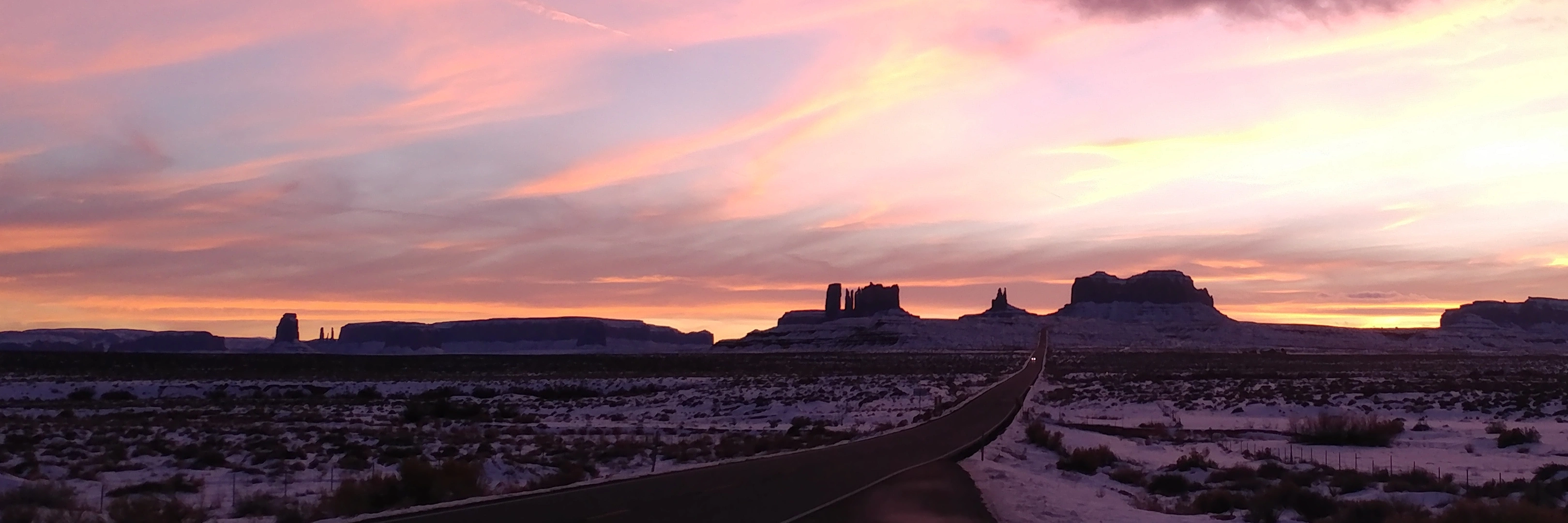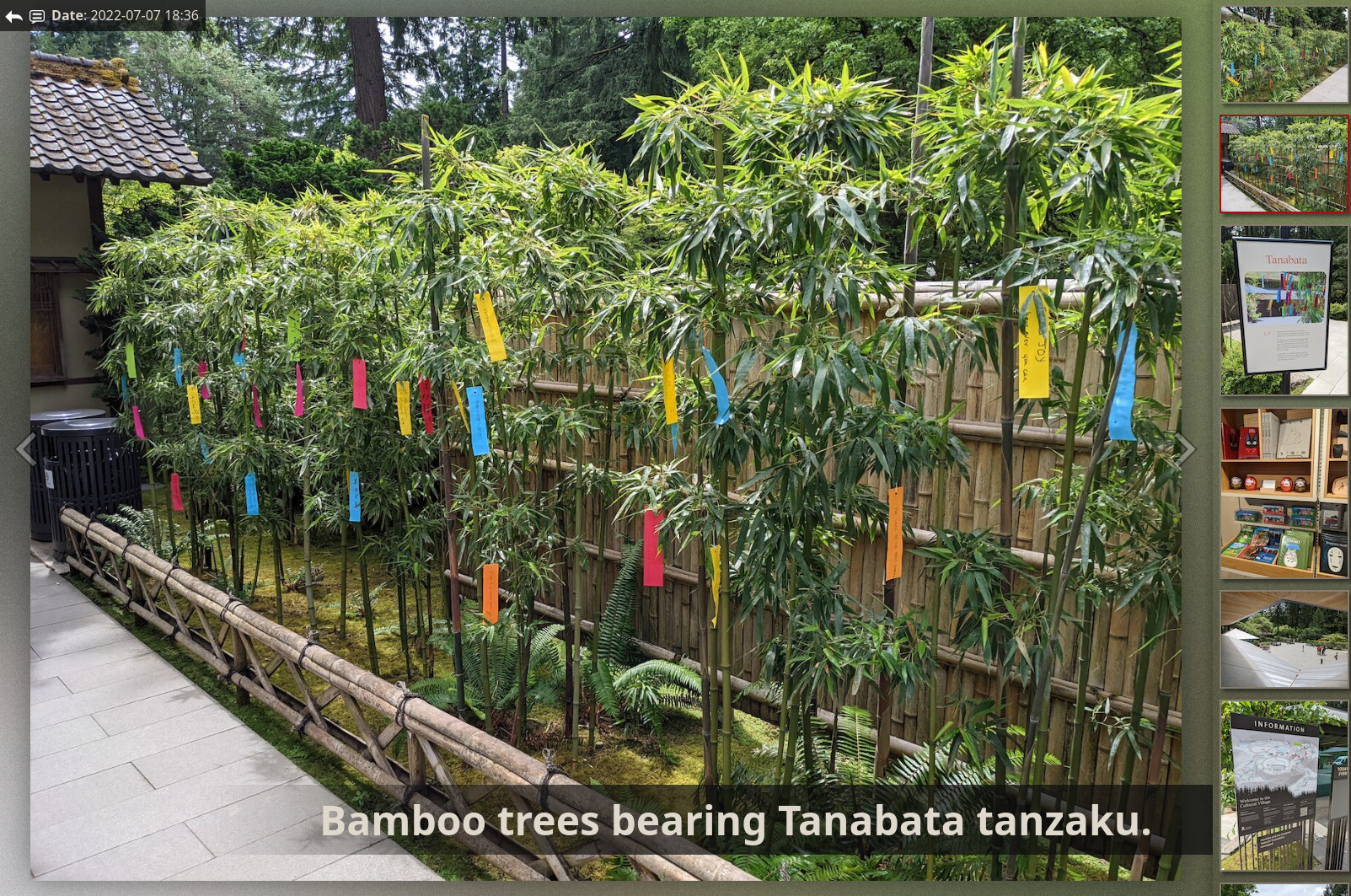

I think the cognitive reset that psychedelics can awaken come in basically two varieties: delusions of grandeur or empathy. Elon Musk has benefitted from privilege, luck, and the immunity to consequences that comes from being a figurehead leader for people who expect him to make the right noises to support their cause. This lucky run has fueled his fantasy of making humans an interplanetary species like in his Iain M. Banks science fiction novels that he uses to name his SpaceX vehicles.
In Elon Musk’s case, engineers at Tesla and SpaceX have shared his technocratic vision up until he tried to adopt Trump’s Maga base away from Trump (e.g. with his fascist Nazi salute). Engineers of solar panels, self-driving cars, and space vehicles have to have a minimum level of empathy to deal with the stresses of working in teams to overcome difficult problems; most probably genuinely want to help humanity by expanding capitalism to asteroid mining and Mars colonies; the Maga mob, though, have much more grounded ambitions of restoring their socioeconomic dominance over cultures not their own. Attempting to curry favor with both at the same time only works if your leadership inspiring improvements in solar panel, self-driving car, and space technology dominate news stories with success after success, building and maintaining momentum beyond what Trump can disrupt with his own media stunts like the tariff posturing. But Trump has succeeded in making the Maga faction feel victimized and dominated the news cycle so far in 2025.
Elon and Trump are both salesmen, but the latter only has to break things to get attention. So, I am not surprised that Elon finds solace in mind-altering drugs to comfort himself from the realization that his support base simply is smaller than Trump’s.



Sorry, I didn’t know there was a Nobel prize in economics. Is this one of those pseudo-Nobel prizes that has nothing to do with dynamite?